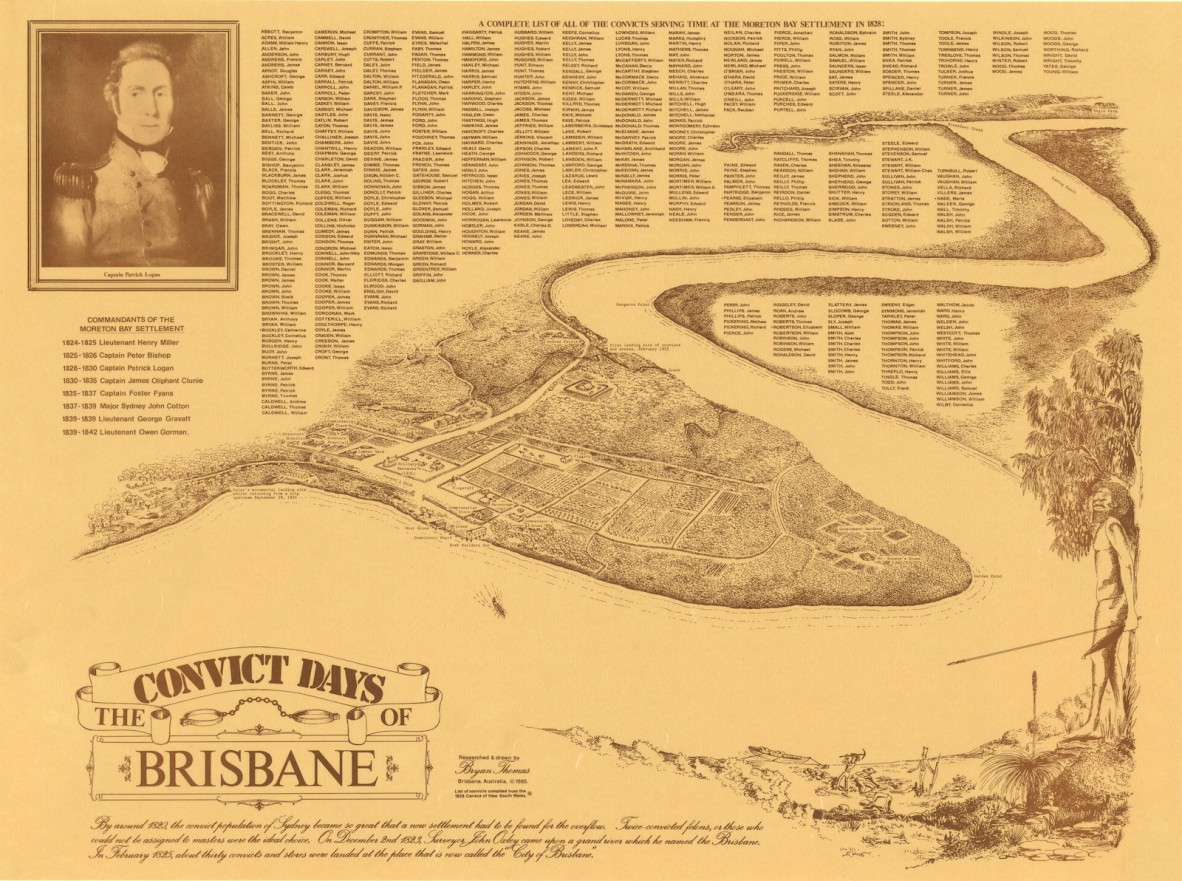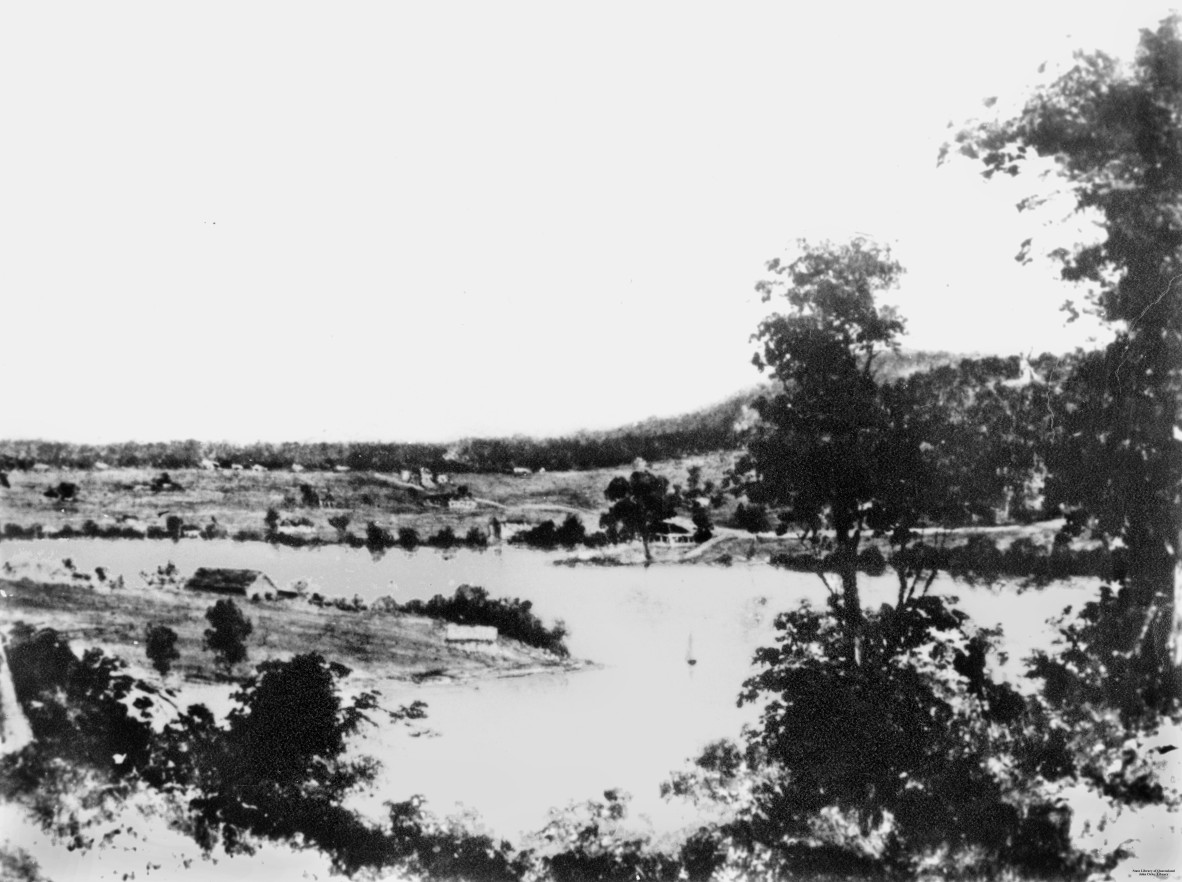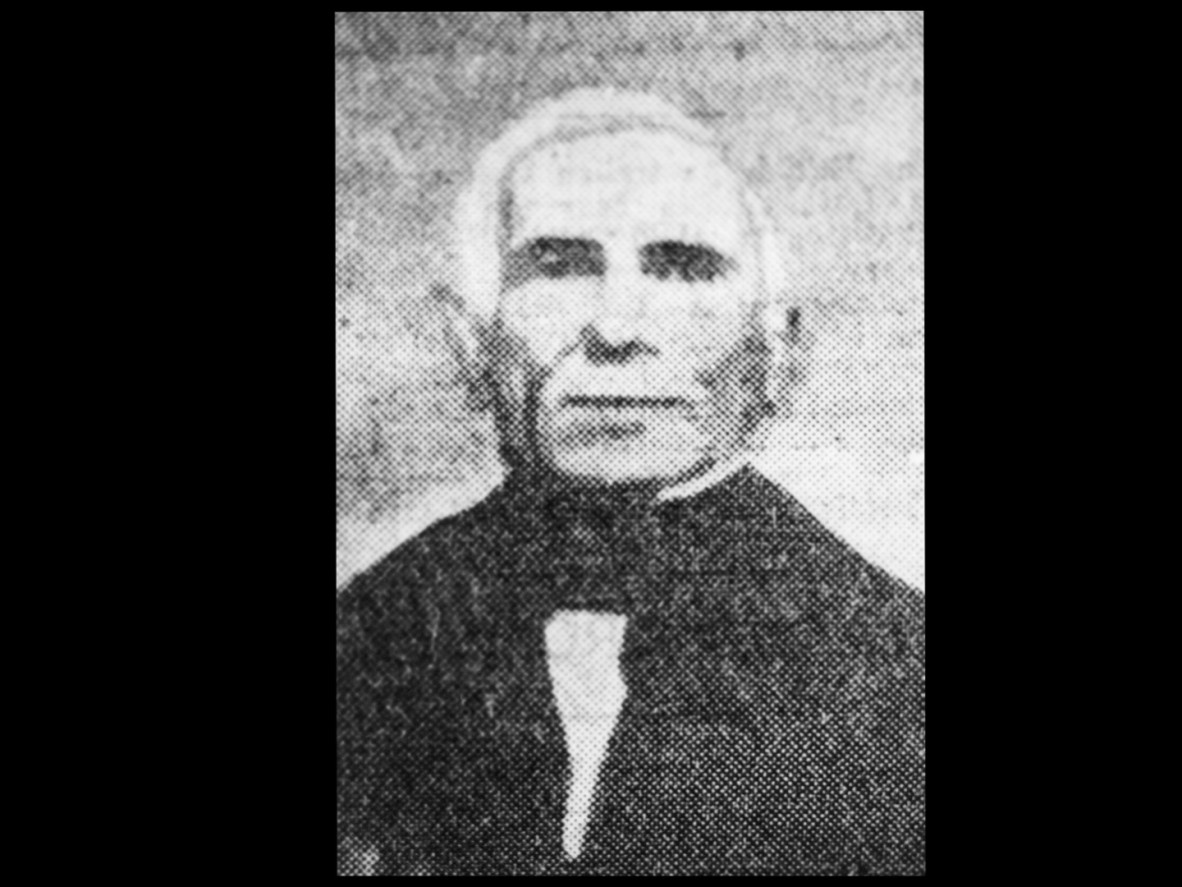The Moreton Bay convict settlement: origins of Queensland
By Stephanie Ryan, Research Librarian, Library and Client Services | 11 October 2022
The Moreton Bay Penal Settlement was established as a place for re-offending convicts, a place of exile and punishment. The records tell a fascinating story of the early life in Moreton Bay and the hardships in the settlement and beyond. As we approach the bicentennial of the establishment of the Moreton Bay Penal Colony, we bring the records into focus in telling the stories which shaped early Queensland.
Moreton Bay settlement beginnings
In September 1824 a group of convicts and soldiers led by Captain Henry Miller, the first commandant, established the first European settlement in what later became the colony of Queensland. They settled at what we now call Redcliffe. The specific area of that settlement was named Humpybong (empty shelters) by the original inhabitants when the strangers decamped to a more suitable place on the north bank of the Brisbane River, now the heart of Brisbane.
The settlement was meant to be a harsh punishment for those who committed another crime, a secondary or colonial offence after having been transported for what was already seen as a serious illegal act. This prison community was intended to be self-supporting.
The ‘horrors of Moreton Bay’
In 1828-1829 the viability of the Moreton Bay settlement was tested when a multiplicity of factors combined to create what one convict referred to as ‘the horrors of Moreton Bay.’ A drought, poor and inadequate water, an inflated convict population, a diet lacking basic nutrients, and a severe punishment schedule, saw the convicts decimated, i.e., a tenth of them died. The Commandant, Patrick Logan, was killed in 1830. Action was taken to remedy the dire situation of the convicts: a sentence to Moreton Bay was not intended to be a death sentence.

Convict days of Brisbane: a list of convicts at Moreton Bay 1828 by Bryan Thomas
How did one convict respond to a sentence to Moreton Bay after this time?
We can track his petitions in the Colonial Secretary’s Correspondence related to Moreton Bay 1822-1860 indexed online at State Library of Queensland. We can read his words in his own writing and the responses to his pleas with the documents soon to be digitised and made available for viewing online. When made available digitally, readers will also be able to see a transcript and correct the text online, similar to the text correct experience on Trove.
Transportation to Moreton Bay officially ceased in 1840 but the convict issue was not yet dead.
Exiles 1846-1850
Squatters wanted cheap convict labour. The free settlers who arrived after 1842 saw convicts as a threat to their livelihood. The answer for the British government seemed to be to reintroduce convicts, now called ‘exiles’, as transportation had officially ceased. For the first time, convicts came directly to Moreton Bay in the Mountstuart Elphinstone (spelt variously) and the Bangalore. Other exiles came in small groups from other vessels which arrived in Sydney. These convicts were given a ticket-of-leave and when they arrived in Moreton Bay, they mainly moved out west to serve the squatters’ needs. Free settler resistance saw the end of the new convict importation in 1850.
We have more information on these latter-day convicts. The Prison Commission records provide more personal information such as names of family members. The chaplain of the Mountstuart Elphinstone kept a diary of the voyage and provided his personal assessment of individual convicts. It is possible to get closer to the personal story of these ‘exiles.’

Brisbane views from Bowen Terrace looking across Kangaroo Point, 1851 photograph from the painting of Conrad Martens. This is what Brisbane would have looked like around the time of the exiles’ arrival.
Moreton Bay convicts: find out more
- State Library Research Librarian, Stephanie Ryan, will be highlighting key resources which may shed light on Moreton Bay convicts and the convict experience at the 2022 Sands of Time Local and Family History Conference, 21-23 October 2022. State Library will also be an exhibitor at the trade fair, so drop by and chat with us anytime during the conference.
- Can’t get to the conference? State Library of Queensland staff can help answer your questions and offer research guidance online, onsite or over the phone.
More information
- Colonial Secretary's letters received relating to Moreton Bay and Queensland 1822-1860 - https://www.slq.qld.gov.au/research-collections/family-history/colonial-secretarys-letters-received-relating-moreton-bay-and
- 'The convict ‘exiles’ who came to Moreton Bay 1849-1850: some lesser-known sources' [Blog] - https://www.slq.qld.gov.au/blog/convict-exiles-who-came-moreton-bay-1849-1850-some-lesser-known-sources
- One Search catalogue - http://onesearch.slq.qld.gov.au/
- Ask a librarian - https://www.slq.qld.gov.au/plan-my-visit/services/ask-librarian
- Library membership - https://www.slq.qld.gov.au/get-involved/become-member
Comments
Your email address will not be published.
We welcome relevant, respectful comments.
